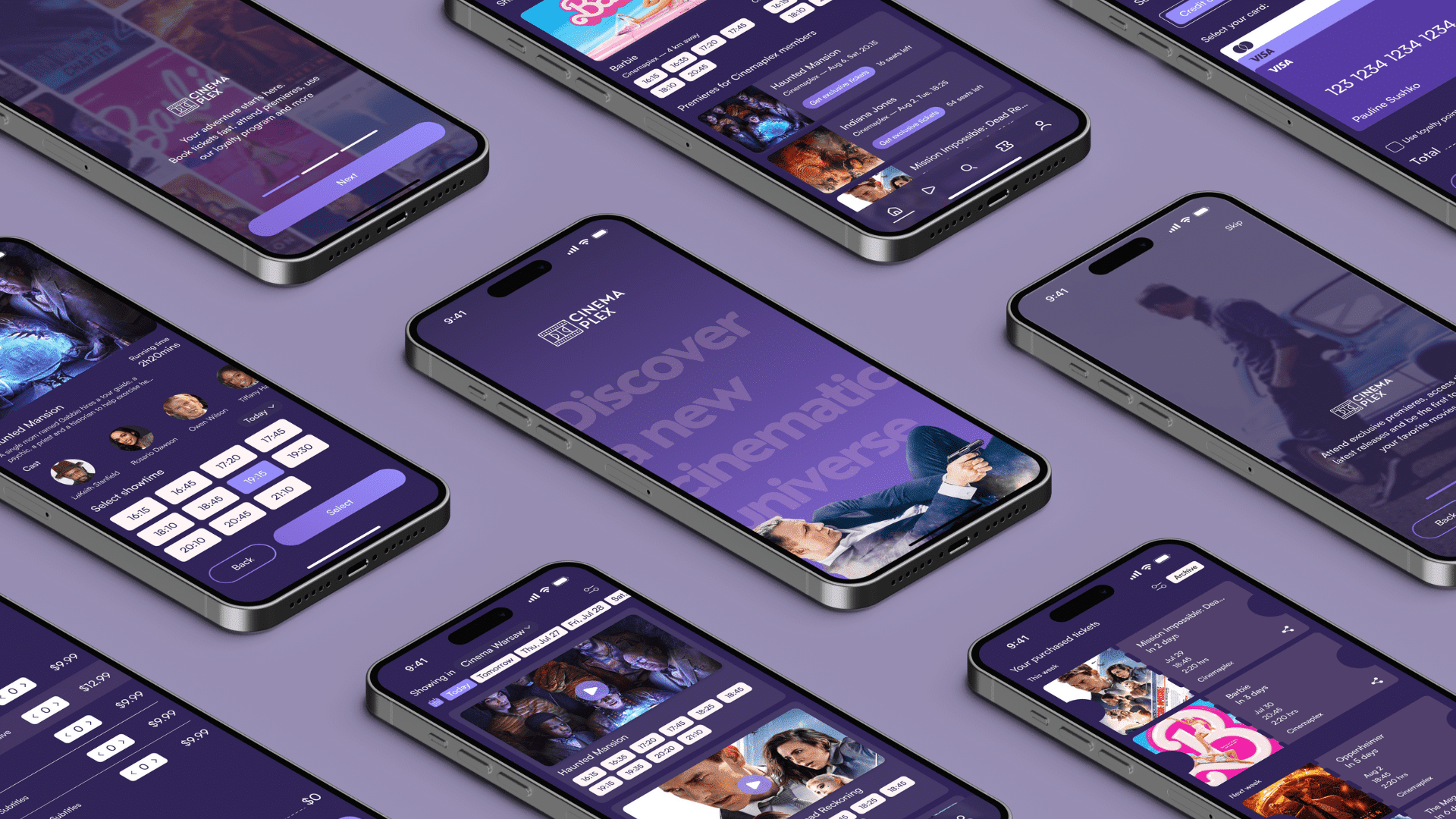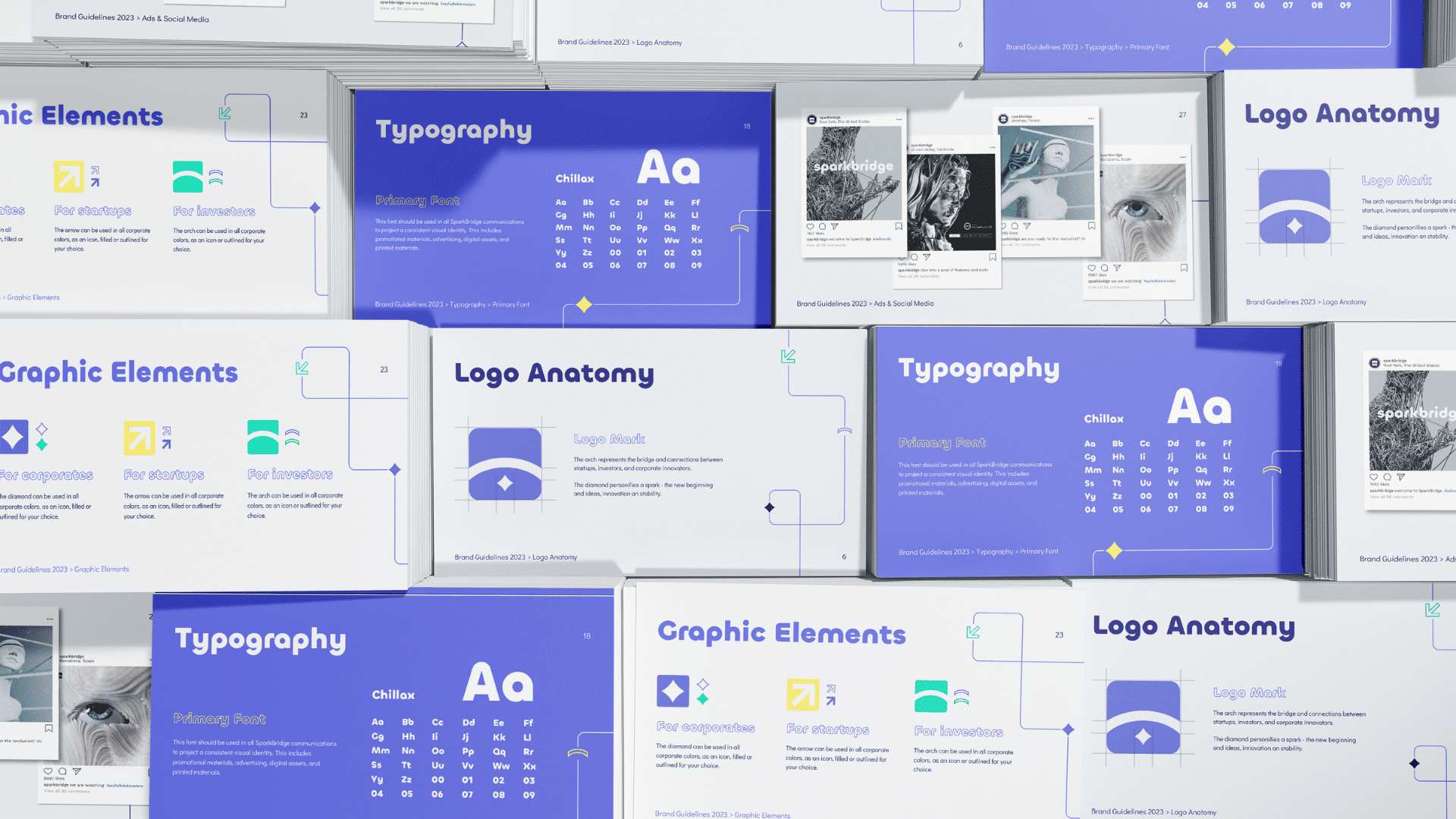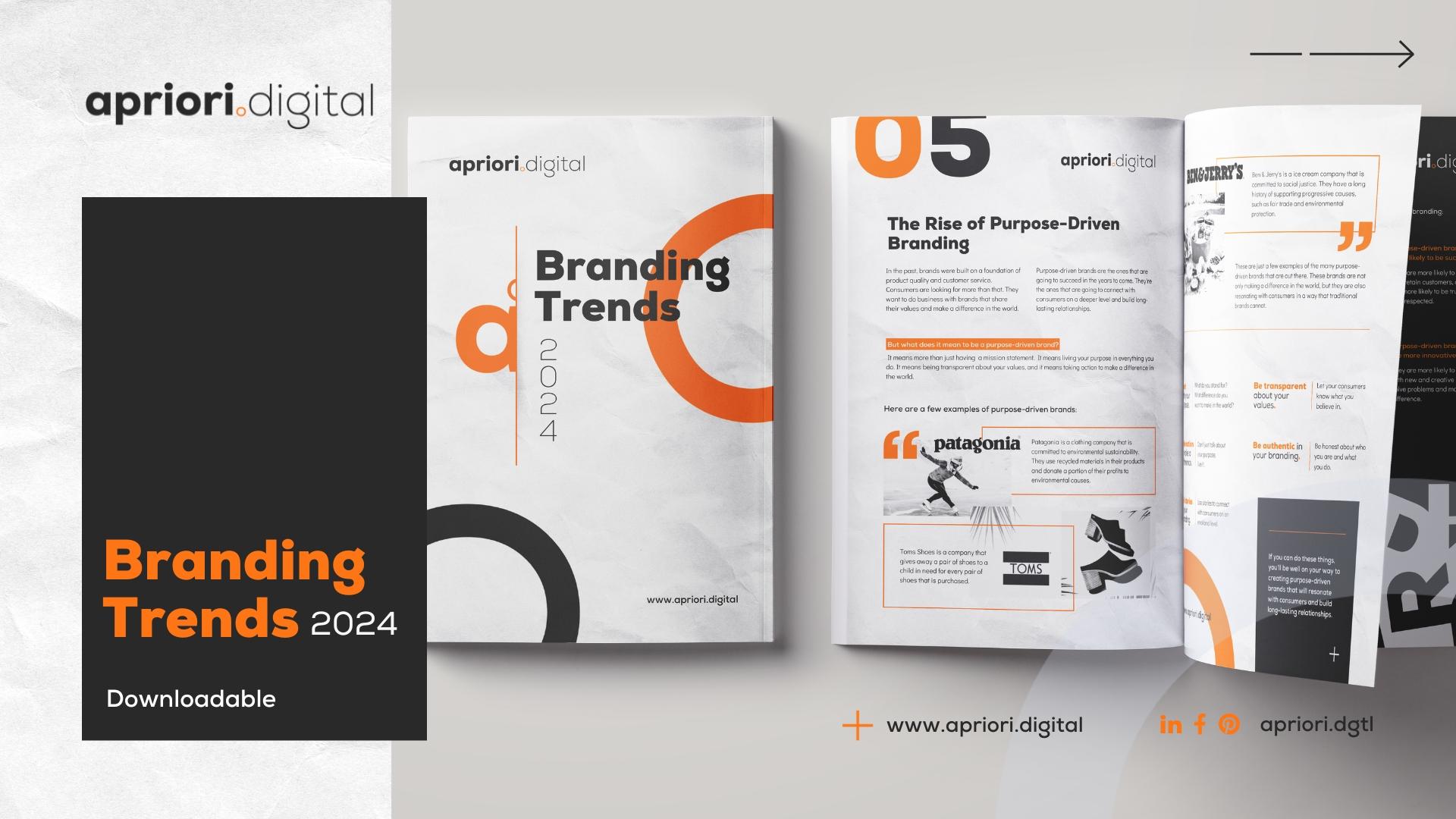Introduction
UI/UX design can often feel like trying to solve a complex puzzle with pieces that keep changing shape. Amidst this challenging landscape, numerous myths and misconceptions about what constitutes effective UI/UX design persist. From the belief that good design is all about aesthetics to misconceptions about user preferences, these myths can lead even the most seasoned designers astray.
This guide aims to debunk some of these widespread myths, paving the way for more informed, innovative, and practical design decisions. By understanding the real truths of UI/UX design, we can create interfaces that are not only visually appealing but also deeply resonate with users, providing them with a seamless and enjoyable experience.
Myth 1 – Design Is Just About Looking Good
- Functionality Matters: A design that looks good but fails in functionality can lead to poor user experience.
- User-Centred Approach: Effective design focuses on user needs and usability, ensuring the interface is intuitive and accessible.
- Harmony of Form and Function: The best designs seamlessly blend aesthetics with functionality, creating an experience that is both engaging and easy to use.
UI/UX Design by Apriori Digital
Myth 2 – Users Always Know What They Want
- Observation and Research: Understand user behavior through observation, as users' actions often reveal more than their words.
- Iterative Testing: Employ iterative design and testing to uncover latent user needs and refine the interface based on real-world usage.
- Adaptive Design Strategy: Be flexible in your design approach to adapt to evolving user feedback and behavior.
Myth 3 – The Homepage Is the Most Crucial Part of the Design
- Importance of All Pages: Every page and touchpoint within the interface should be designed with equal care and consideration.
- User Journey Mapping: Understand and design for the various pathways users may take through the site or app, not just the homepage.
- Consistent User Experience: Aim for consistency in design and user experience across all parts of the interface.
Myth 4 – Minimalism Equals Good Design
- Contextual Relevance: The design should suit the context and purpose of the product. In some cases, richer designs might be more appropriate.
- User Preferences: Different user groups have varied preferences; minimalism might not always appeal to everyone.
- Balanced Approach: Aim for a balance between simplicity and functionality, providing users with what they need without overwhelming or underwhelming them.
Myth 5 – A Great UI Guarantees a Great UX
- Beyond Aesthetics: UX design involves understanding and designing for the broader experience of the user with the product.
- Comprehensive Approach: Consider all aspects impacting user experience, including load time, ease of navigation, content clarity, and interaction flow.
- User Feedback and Testing: Regularly gather user feedback and conduct usability tests to ensure the UX meets the needs and expectations of the user.
Myth 6 – More Features, Better Experience
- Feature Overload: Too many features can confuse and overwhelm users, leading to a negative experience.
- Focus on Core Features: Identify and focus on key functionalities that truly add value to the user.
- Simplicity and Efficiency: Strive for simplicity and efficiency, making the most commonly used features easily accessible and straightforward to use.
Myth 7 – Design Trends Should Always Be Followed
- Appropriateness to Audience: Always consider whether a design trend is appropriate for your target audience and product.
- Timeless over Trendy: Aim for a balance between trendy and timeless design elements to ensure your product remains relevant over time.
- Customization to Fit Needs: Customize and adapt trends to fit the unique needs and context of your product, rather than adopting them wholesale.
Follow us on socials

Myth 8 – Accessibility Is Only for Compliance
- Broader User Base: Accessible designs cater to a wider audience, including those with disabilities, thereby expanding your user base.
- Improved Usability for All: Features that make products more accessible, such as clear navigation and readable text, improve the experience for all users.
- Ethical Responsibility: Beyond compliance, accessible design is a reflection of a brand’s commitment to inclusivity and ethical responsibility.
Myth 9 – Copying Successful Designs Ensures Success
- Unique Brand Identity: Create a design that reflects your unique brand identity and values.
- Understanding Your Audience: Design with your specific audience in mind. What works for one user group may not work for another.
- Innovative Approach: Strive for innovation and originality in your design to stand out in the market.
Myth 10 – Good Design Is Instant and Absolute
- Continuous Improvement: Good design requires continuous testing, feedback, and improvement.
- Adaptation to Changing Needs:Be prepared to adapt your design to changing user needs and market conditions.
- Ongoing User Engagement: Engage with your users regularly to gather insights and evolve your design to better meet their needs.
Conclusion
Debunking these UI/UX myths is crucial for designers and teams aiming to create truly effective and user-friendly products. Understanding the realities of UI/UX design allows for more informed and creative decision-making.
Remember, effective UI/UX design is a blend of understanding your audience, balancing form and function, and being open to evolution based on user feedback and changing trends. By embracing these truths, you can craft interfaces that not only look great but also provide an exceptional user experience.





